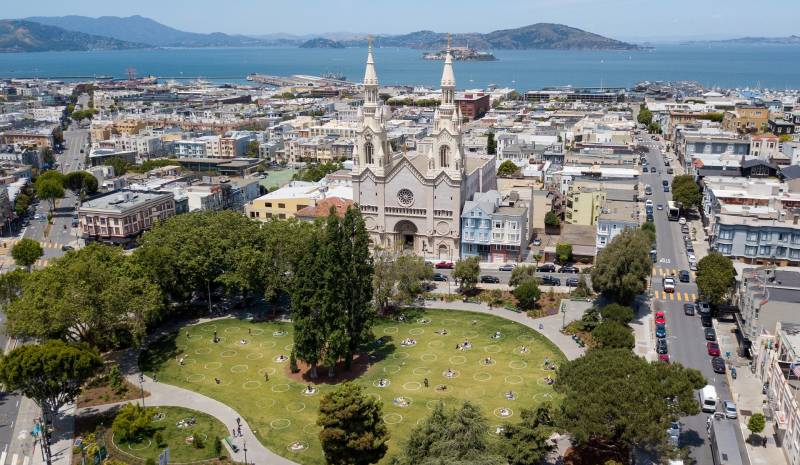So far, San Francisco has had a relatively small number of deaths from COVID-19, compared to most other large Bay Area counties. But hundreds of deaths in San Francisco are still being investigated by the medical examiner’s office, raising questions about whether the true death count is as low as it seems.
As of Friday, 40 people had died from COVID-19 in San Francisco, according to the city’s public health department. But the cause of 243 other deaths, reported to the county morgue from December through April, remain unresolved. And the medical examiner’s office had exceeded a 90-day deadline for closing more than a quarter of those cases.
San Francisco Supervisor Aaron Peskin suspects those pending results could push the COVID-19 death rate closer to other Bay Area counties, including Alameda, Santa Clara and San Mateo.
“I’ve been asking the same questions that many people are wondering: how many un-processed cases at the medical examiner’s office that are pending investigation could be due to COVID-19?” said Peskin, who sits on the committee that oversees the medical examiner. “We have seen cities and countries around the world that have actually raised their official COVID-19 death counts as they’ve slowly gone back through unknown deaths.”
Backlogs at the medical examiner’s office have been a problem in the past.

